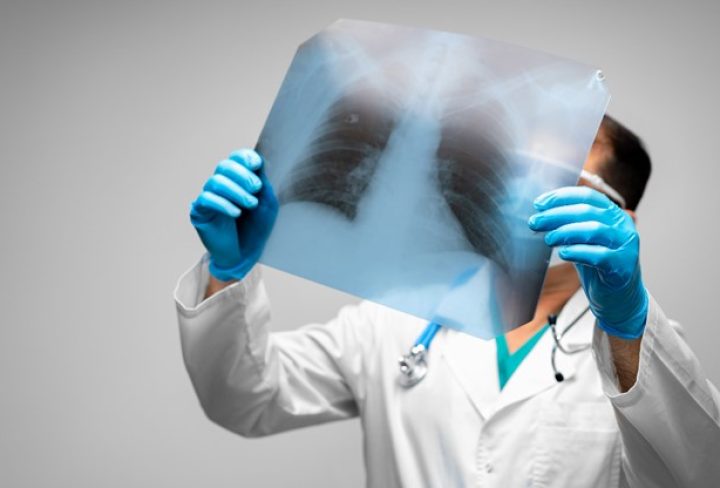Many people haven’t heard of Interstitial Lung Disease (ILD), even though it affects breathing. This condition is a group of diseases that make your lung tissues stiff. Stiff lungs can’t hold as much air, which makes breathing hard. This blog will help you understand ILD better. We’ll talk about symptoms to watch for, causes, and treatment options.
Recognizing the Symptoms of Interstitial Lung Disease
Early signs of Interstitial Lung Disease are crucial to catch. Noticing them early can make a big difference. Some main symptoms you might notice are:
- Shortness of Breath: You might find it hard to breathe, especially when you’re active. This can start out mild but get worse quickly.
- Persistent Dry Cough: A cough that doesn’t go away can signal ILD. It might not be serious at first, but over time, it might show something bigger is going on.
As ILD progresses, other signs appear. They include:
- Tiredness: Feeling tired all the time is common when you don’t get enough oxygen.
- Chest Pain: Some might feel uneasiness or pressure in the chest.
- Gradual Weight Loss: Losing weight without trying could be linked to ILD.
If you notice these signs, it’s important to consult a healthcare professional right away. They can guide you on the next steps and check if you might have ILD. For the best results, catching and treating symptoms early is essential.
Being observant is key. Remember, early symptoms might be mild but can quickly lead to more serious issues if left unchecked. Noticing even small changes in your breathing can mean a lot.
Uncovering the Causes and Risk Factors of Interstitial Lung Disease
There are many reasons behind the causes of Interstitial Lung Disease. Knowing them helps prevent or delay them. Some main causes include:
- Exposure to Hazardous Materials: Things like dust and asbestos can damage the lungs.
- Drugs: Some medications can affect the lungs.
- Autoimmune Diseases: Conditions like rheumatoid arthritis may trigger ILD.
Being aware of these causes gives you a chance to avoid them. Try wearing protective masks if you’re in dusty places.
In some cases, the exact reasons for ILD aren’t known. These are called idiopathic cases. Genetics might play a role, too. The environment around you can make a difference. Living in areas with lots of pollution could increase risk.
Recognizing what can cause ILD is complex. It often involves several factors blending together. Whether it’s your surroundings, family history, or lifestyle, understanding your risk aids in taking preventive steps.
Navigating Diagnosis and Treatment Options for Interstitial Lung Disease
Diagnosing Interstitial Lung Disease early is crucial. Early diagnosis allows for earlier management and better outcomes. Doctors use various tests to check for ILD.
- Chest X-rays: These images show the structure of your lungs.
- CT Scans: More detailed images help spot specific lung changes.
- Pulmonary Function Tests: These check how well your lungs work by measuring how much air you can breathe in and out.
If you notice any symptoms of Interstitial Lung Disease, don’t delay seeing a doctor. Diagnosing early helps to tackle it better.
Interstitial Lung Disease Treatment depends on how severe it is and what caused it. Here are some common treatments:
- Lifestyle Changes: Quitting smoking and exercising can help.
- Medications: Some drugs can slow down the damage to your lungs.
- Advanced Therapies: Treatments like pulmonary rehabilitation improve breathing comfort.
- Lung Transplantation: In severe cases, a lung transplant might be necessary.
Managing ILD involves combining treatments. With proper care, it’s possible to live a healthier life even with ILD. Monitoring health and following medical advice can control its impact on your life.
In some situations, seeking help for Interstitial Lung Disease in children is needed. Though rare, kids can be affected, too. If a child shows signs like coughing or breathing issues, consulting with a doctor is vital.
Understanding Interstitial Lung Disease vs Pulmonary Fibrosis can be confusing. While they’re related, pulmonary fibrosis is part of ILD. It describes scarring in the lungs. Knowing this distinction is important for understanding how each condition might affect you.
Taking action early is your best move. Knowing symptoms, causes, and treatment helps manage ILD effectively. When in doubt, always seek professional advice for any health concerns. It’s the best way to ensure peace of mind.

